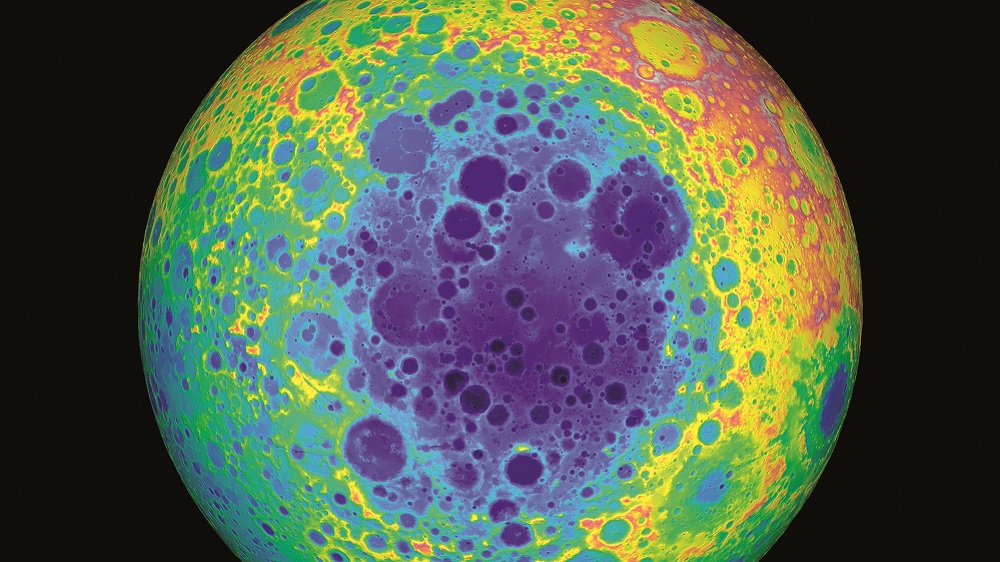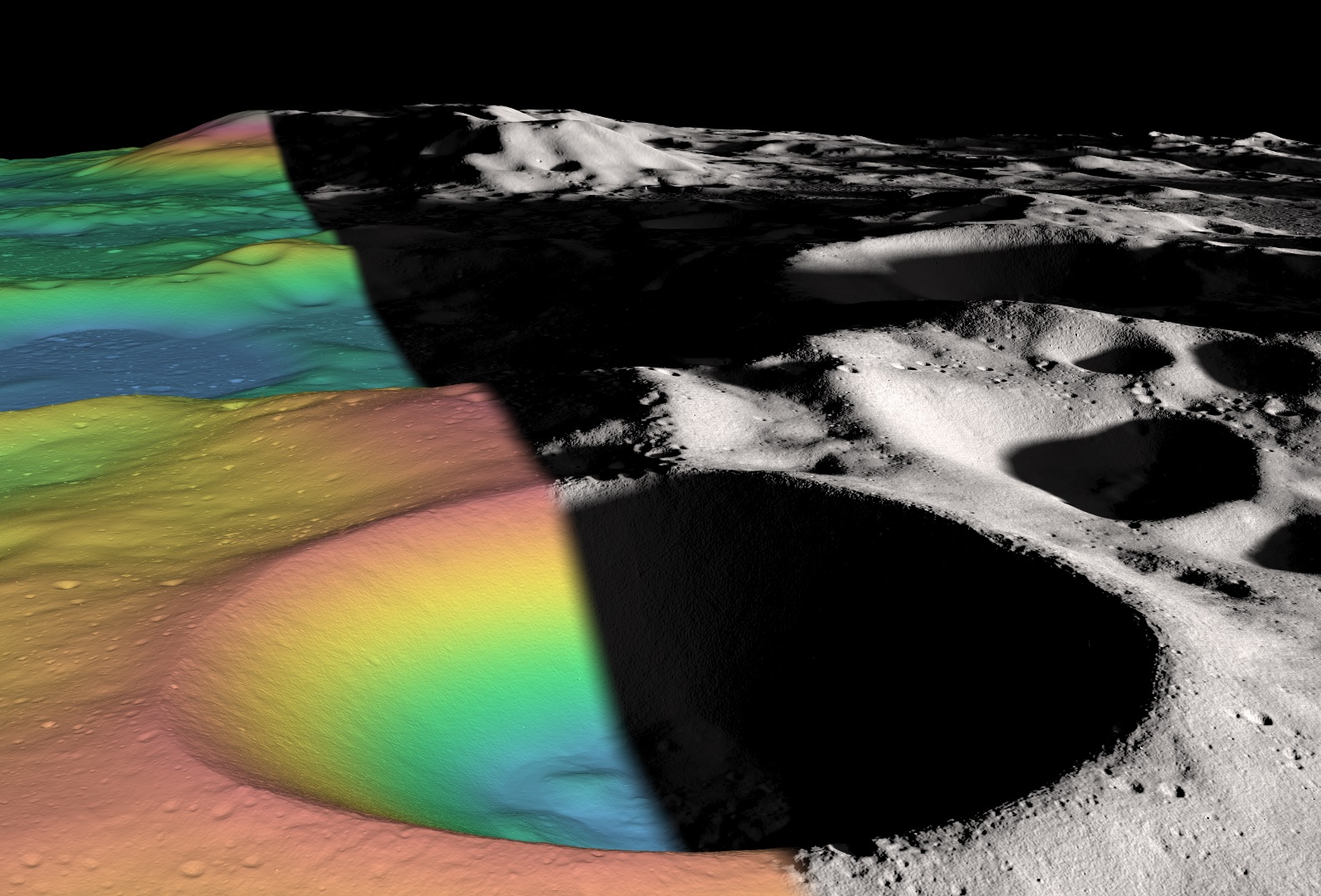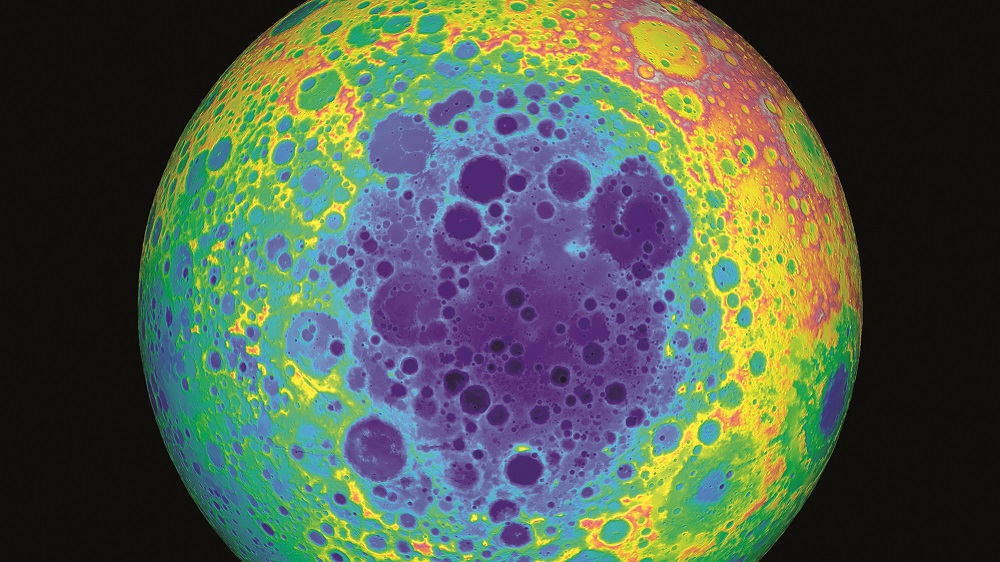
Exactly Where Future Artemis Missions Will Land
It has been around five decades since the last time a human stepped foot on the Moon. Thankfully, NASA plans to change this not long from now as part of the Artemis missions. These have the goal of not only returning humans to the Moon but setting up a more permanent presence. However, this brings up the question, with so many possible locations to land, what spot is NASA most interested in?
NASA has put a lot of thought into this question and deciding exactly where the agency plans to set up a base and general area of operations. This being said, the agency is confident the lunar south pole is one of the best locations. Here they have access to persistently illuminated areas, potential access to many surface resources, and more.
These are all very important factors that can determine the success of future missions to the Moon and beyond. As of right now, it is extremely expensive to launch a kilogram of anything into orbit, even more so the Moon. This makes it very important that the agency chooses a location that best fits all its criteria. Here I will go more in-depth into the necessities of the future location, and what the lunar south pole has to offer.
Base Location Requirements

Choosing the future location of Artemis missions is a very important decision. However, after a lot of thought, NASA is confident that American astronauts in 2024 will take their first steps near the Moon’s South Pole. They describe it as the land of extreme light, extreme darkness, and frozen water that could fuel NASA’s Artemis lunar base and the agency’s leap into deep space. Scientists and engineers are helping NASA determine the precise location of the Artemis Base Camp concept. Among the many things, NASA must take into account in choosing a specific location are two key features: The site must bask in near continuous sunlight to power the base and moderate extreme temperature swings, and it must offer easy access to areas of complete darkness that hold water ice. While the South Pole region has many well-illuminated areas, some parts see more or less light than others. Scientists have found that at some higher elevations, such as on crater rims, astronauts would see longer periods of light. But the bottoms of some deep craters are shrouded in near constant darkness, since sunlight at the South Pole strikes at such a low angle it only brushes their rims. These unique lighting conditions have to do with the Moon’s tilt and with the topography of the South Pole region. Unlike Earth’s 23.5-degree tilt, the Moon is tilted only 1.5 degrees on its axis. As a result, neither of the Moon’s hemispheres tips noticeably toward or away from the Sun throughout the year as it does on Earth — a phenomenon that gives us sunnier and darker seasons here. This also means that the height of the Sun in the sky at the lunar poles doesn’t change much during the day. If a person were standing on a hilltop near the lunar South Pole during daylight hours, at any time of year, they would see the Sun moving across the horizon, skimming the surface like a flashlight laying on a table.
While a base camp site will require lots of light, it is also important for astronauts to be able to take short trips into permanently dark craters. Scientists expect that these shadowed craters are home to reservoirs of frozen water that explorers could use for life support. “One idea is to set up camp in an illuminated zone and traverse into these craters, which are exceptionally cold,” said NASA Goddard planetary scientist Daniel P. Moriarty, who’s involved with NASA’s South Pole site analysis and planning team. Temperatures in some of the coldest craters can dip to about -391 degrees Fahrenheit. Initial plans include landing a spacecraft on a relatively flat part of a well-lit crater rim or a ridge. The landing area, ideally, should be separated from other base camp features — such as the habitat or solar panels — by at least half a mile, or 1 kilometer. It also should be situated at a different elevation to prevent descending spacecraft from spraying high-speed debris at equipment or areas of scientific interest. Some scientists have estimated that as a spacecraft thrusts its engines for a soft landing, it could potentially spray nearly a million pounds, or hundreds of thousands of kilograms, of surface particles, water, and other gases across the surface. “You want to take advantage of the landforms, such as hills, that can act as barriers to minimize the impact of contamination,” says Ruthan Lewis, a biomechanical and industrial engineer, architect, and a leader on NASA’s South Pole site analysis and planning team. “So, we’re looking at distances, elevations, and slopes in our planning.” Lastly, the Artemis Base Camp has to be on the Earth-facing side to make it easier for engineers to use radio waves to communicate with astronauts working on the Moon. But scientists expect that over billions of years of meteorite impacts to the Moon’s surface, rocks, and dust from each hemisphere were kicked up and strewn about the other, so it’s possible that astronauts could collect samples of the far side from their base camp on the near side.
Lunar South Pole Benefits

Now that we know some of the factors NASA needs to consider for the future Artemis Base location, we can take a closer look at what the lunar south pole has to offer. The strategic emphasis of the Artemis program is to use the Moon as a proving ground for technologies and processes that will provide greater independence from Earth. The intent is to achieve this through extraterrestrial operations, such as manufacturing and mining, as well as conducting cutting-edge lunar science, all of which will enable America and its international partners to mount historic human missions to other destinations and promote the creation of a thriving cislunar economy. The selection of the Moon’s south polar region as the location for the Artemis III landing site and the subsequent Artemis Base Camp reflects an emphasis on executing a sustained program of lunar exploration, with ample opportunities for commercial growth and international participation. This approach provides significant benefits in multiple different scenarios.
The first, which was partially mentioned prior, has to do with light. The physiographic characteristics such as slopes, crater density, and roughness of the south polar region are not substantially different from other regions on the Moon. However, the very low Sun angles encountered in the polar regions have the effect of producing areas that are illuminated over most of a terrestrial year. Areas have been identified on the lunar surface that are illuminated for over 200 days a year. This offers clear operational benefits including a more favorable temperature regime, reduced duration of lunar nights, and persistent availability of solar power, that offer pathways to earlier, more capable missions and extended duration operations on the lunar surface.
Another valuable benefit is the potential access to resources on the surface. The topography at the polar regions that produces areas of near permanent illumination also effectively blocks most of the sunlight at very low sun angles in some areas. These areas of constant or nearly-constant darkness in permanently shadowed regions can trap and collect various volatile species. The potential existence of accessible resources, such as hydrogen and oxygen, that can be straightforwardly leveraged represents an intriguing opportunity to “live off of the land”. NASA points out that when the grade and tonnage of these volatile deposits are characterized, a cislunar economy could result, providing significant cost reductions for lunar surface logistics and resupply efforts. Transporting hydrogen and oxygen harvested from the lunar poles to cislunar space would also be enabling for ambitious human expeditions to other destinations, as well as other activities throughout cislunar space. These different benefits led to the selection of the Moon’s south polar region as the location of the Artemis III mission and the subsequent Artemis Base Camp. However, it’s important to point out that sustained lunar surface operations at the polar regions will enable a variety of exciting, paradigm-shifting science investigations. For example, local resource utilization enabled by the Artemis Base Camp will enable surface exploration architectures that ultimately enable future human expeditions to other high-value lunar destinations for scientific exploration.
Conclusion
With progress continuing on SLS and other key aspects of Artemis, we can expect to see humans back on the surface of the Moon not long from now. After a lot of research and thought, NASA is confident in the lunar south pole as the future Artemis landing site and base location. This location provides great access to light along with patches of almost complete darkness that could host a lot of valuable resources such as Ice and more. We will have to wait and see how the Artemis plan progresses and the impact it has on the space industry.
